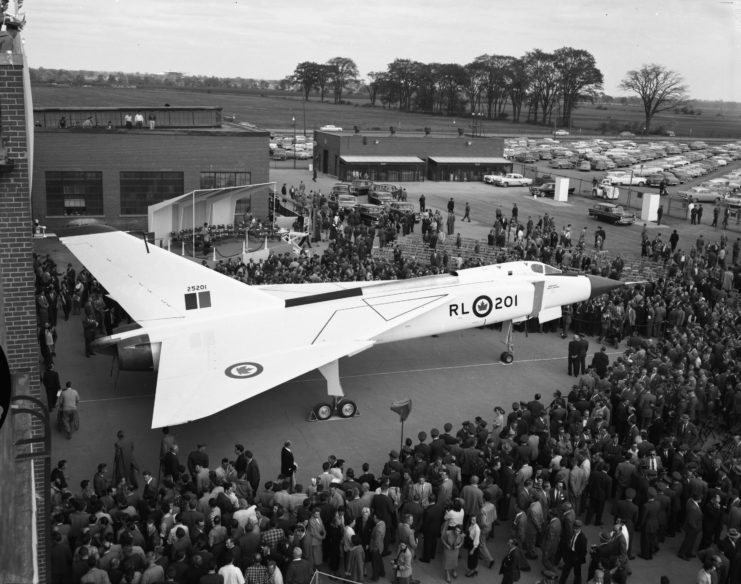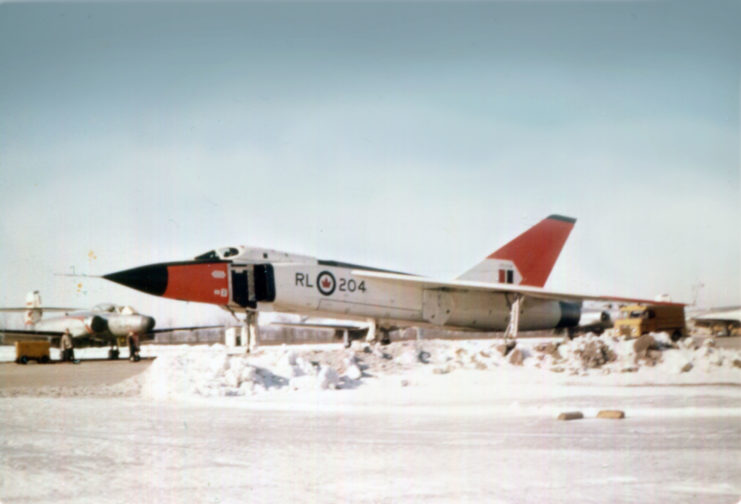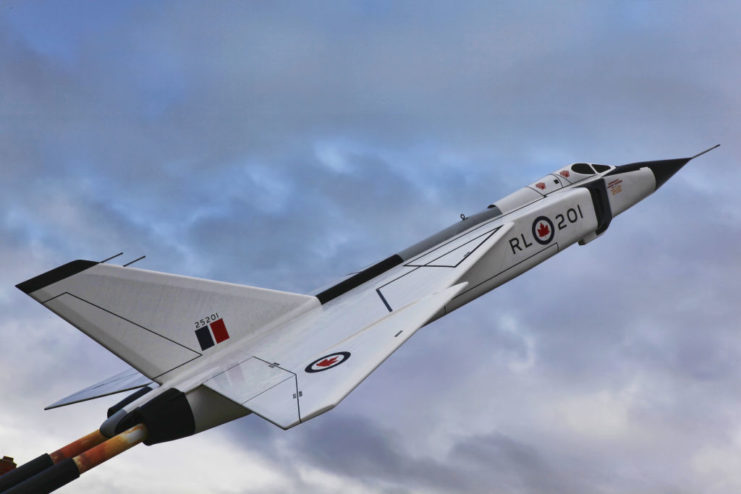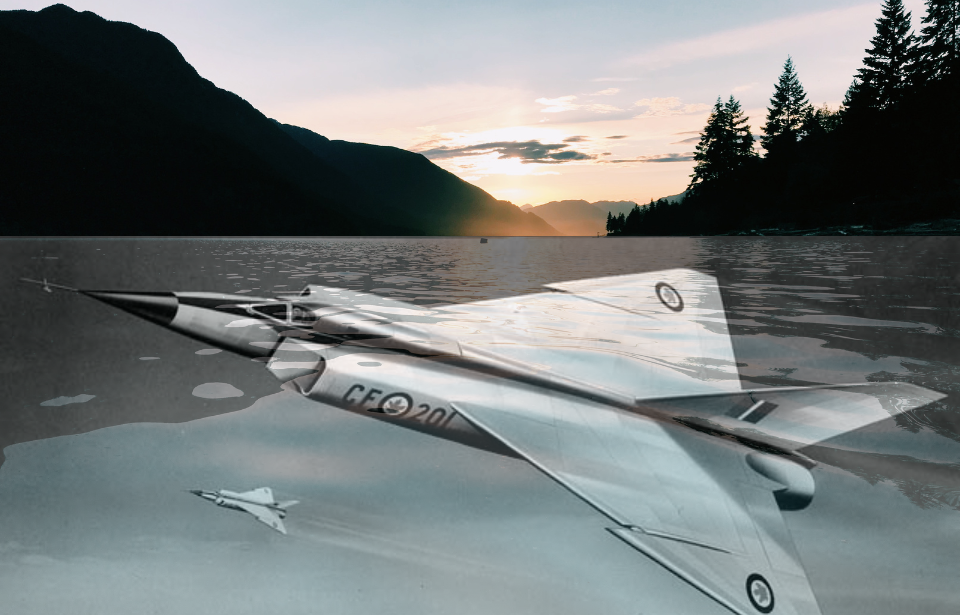Avro Canada’s CF-105 Arrow was a sophisticated aircraft that put the Canadian air industry on the map. The Cold War-era jet interceptor was designed to combat the threat of Soviet bombers, but was ultimately shelved after its budget ballooned to over $1 billion CAD. While little is known about the Avro Arrow, compared to other aircraft from the time period, a 2017 discovery at the bottom of Lake Ontario shed new light on the innovative design.
The Avro Arrow was Canada’s most significant aviation innovation

The Arvo Arrow was a supersonic jet interceptor built in the 1950s by Avro Canada. A product of the Cold War, the Arrow was developed in response to the growing concern that Soviet bombers could attack North America by flying through the Canadian Arctic. It was built to serve as a nuclear interceptor that could fly higher and faster than other aircraft in its class.
Several manufacturers turned down offers to build the Arrow, since it had very specific requirements, but Avro Canada decided to take advantage of the country’s highly-skilled aviation workforce to make the impossible a reality.
The project was a massive undertaking that spawned the most innovative aviation technology the world had seen. The Arrow was a beast, weighing almost 49,000 pounds when empty and featuring a 50-foot wingspan. It also made history by with the world’s first computerized flight control and weapons systems, and could travel at nearly twice the speed of sound.
The project was ultimately shelved

The testing process for the Avro Arrow was extensive, relying heavily on wind-tunnel testing and experiments on smaller models. Nine of these were one-eighth the size of the actual aircraft and launched on rockets over Lake Ontario, where many still rest beneath the waves.
The Avro Arrow was unveiled in 1957, and her historic first flight a year later broke not just one but four speed records. Sadly, this high-tech aircraft’s career was cut short when Canadian Prime Minister John Diefenbaker slashed the funding to a number of federal programs. With a price tag of $1.1 billion CAD, the Arrow was definitely costly for a country with a small population and less-extensive military.
The end of the Avro Arrow left over 14,500 workers without a job. All related materials were destroyed, while the nine scale model aircraft were left at the bottom of Lake Ontario.
Searching for an (Avro) Arrow in a haystack

In 2017, a new initiative to recover the sunken Avro Arrows from Lake Ontario was launched as part of Canada’s 150-anniversary celebrations. OSISKO Mining Inc. is leading the project with support from OEX Recovery Group Inc., which has used sonar to locate the underwater resting places of the scale model aircraft. The project is being supported by the Canada Aviation Museum, the Royal Canadian Air Force and the Canadian Conservation Institute.
“One of the things we’re not trying to do with this program is to rewrite the history of what happened with the Arvo program,” OSISKO President and CEO John Burzynski told CTV News. “This is simply a search – and ideally, recovery.” He also hopes the project sheds light on the incredible work of the countless people who lost their jobs when the program was canceled.
